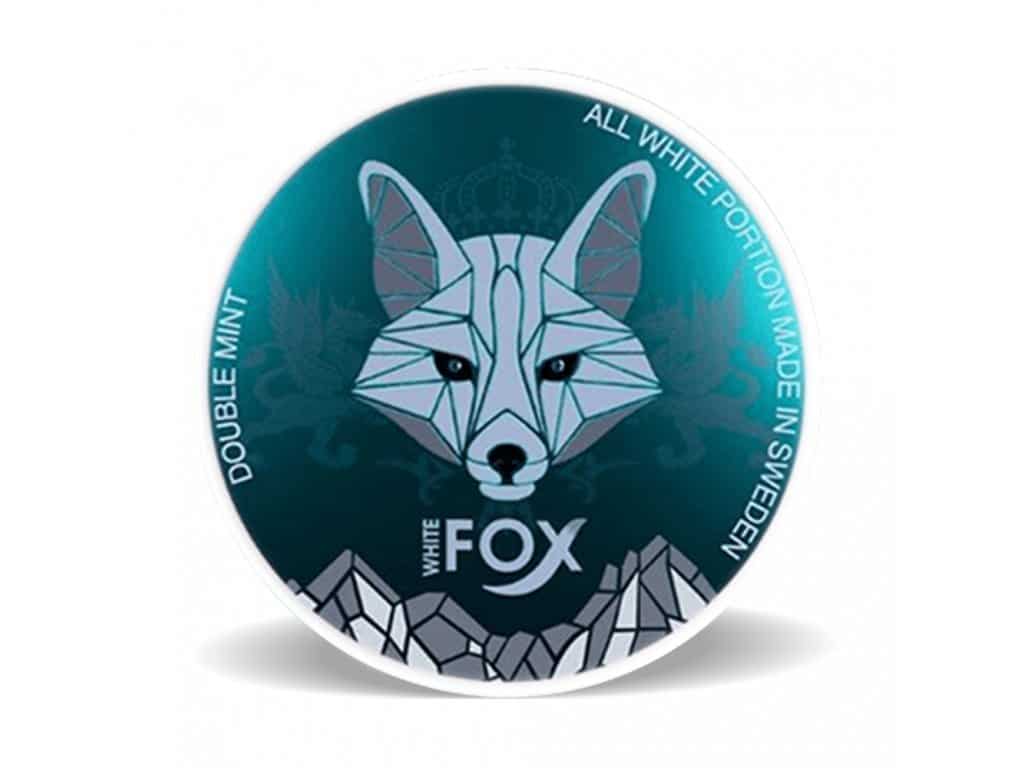The Future of Manufacturing: 3D Printing

In this age of accelerated innovation, manufacturers must develop new capabilities to meet their customers’ evolving demands. This means using technology to improve productivity and accelerate time-to-market, while also reducing environmental impact.
3D printing is an enabling technology that offers a cost-effective approach to product development and testing. It can be used to create bespoke parts and prototypes, accelerating product development cycles.
1. Customization
Unlike traditional manufacturing methods, 3D printing allows for highly customized products. This is especially useful when a product is intended to meet unique customer needs, such as eyewear or shoes.
The ability to produce objects that have been engineered to function in a specific way is not only a good thing, but also a necessary one for many companies. Customized items can help boost sales, improve brand recognition, and even improve employee satisfaction.
Using 3D printing to create a custom-made product is just one of the ways it will change the way businesses do business. Other trends include reducing material and energy use, improving productivity, and eliminating waste. It also has the potential to create a new market for designers and innovators. As more and more people become familiar with this technology, it will only be a matter of time before it becomes a mainstay in business.
2. Speed
Printing speed is a term that describes how quickly a 3D printer can deposit material onto or into an object. It is a measure of how fast the printing process can take place and can differ between different additive manufacturing technologies.
In FDM technology, a printer’s speed is defined by how quickly the printhead moves along the X and Y axis while it is depositing material. This is the fastest part of the printing process, but it’s not the only factor.
Other factors that affect printing speed include the level of accuracy or quality at which a printer is set, and the thickness of layer heights. Thicker layers require less passes to print, which cuts down on time. However, they can also decrease detail quality and increase layer shifting or ringing artifacts.
3. Efficiency
3D printing allows manufacturers to build complex shapes and products that would otherwise require multiple manufacturing processes. This allows companies to save money by reducing labor and material usage.
It also enables companies to customize their products whenever customers request change. This has helped manufacturers stay competitive and attract new customers.
The efficiency potential of additive manufacturing is a key driver for the growth of the industry. However, many challenges still need to be addressed. Among these are certification, health and safety, reliability and other concerns that impact specific verticals.
4. Sustainability
3D printing can be used to make products that are incredibly lightweight, which is very good for the environment. It can also reduce the weight of vehicles and aircraft which cuts down on the amount of fuel required to operate them.
Another way that 3D printing can contribute to sustainability is by reducing waste. While most parts made using 3D printing techniques are completely recyclable, there is still a small amount of waste that is generated during the process.
This waste can be reduced through proper disposal methods and by using recycled materials or bio-based polymers. Recycled materials are a great way to save energy because they can melt down in a lower temperature than new plastic.
5. Flexibility
The flexibility of 3D printing enables designers to make changes to their designs on the go and print new versions as needed. This allows for rapid prototyping and a high degree of responsiveness to product design as inspiration strikes or customer feedback is received.
Printed prototypes are also a great way to test and improve product designs before mass production. General Motors uses 3D printing techniques to create around 20,000 parts for its vehicles.
One of the most important benefits of 3D printing is that it can produce a variety of materials. This allows for the creation of unique and speciality products. Some common materials include plastics, metals, ceramics and concrete.


